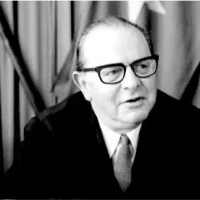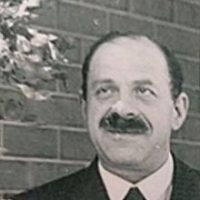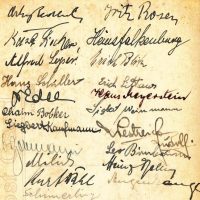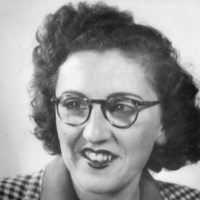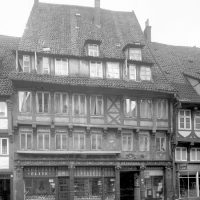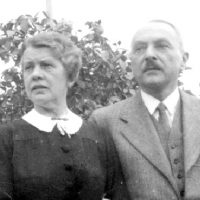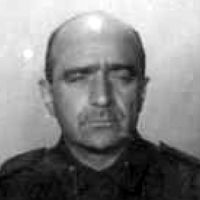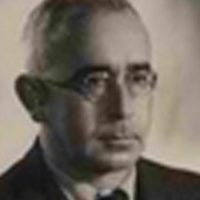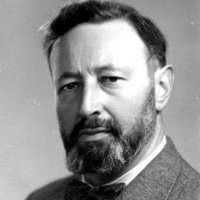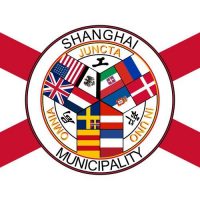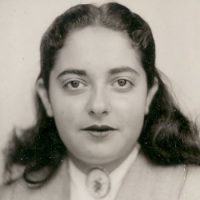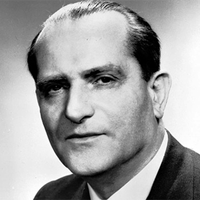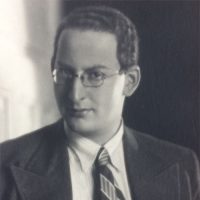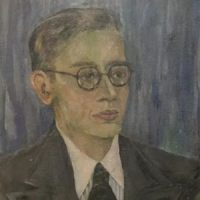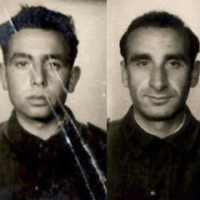Ernst Friedlich was naturalized in Australia as Ernest Fry. He was neither one of the Dunera Boys nor one of the internees who were deported to Australia by the British on the Queen Mary. Our research was prompted by the autobiographical text by Franz Lebrecht, a good friend of the Dehn family. The name of Ernest Fry appeared aos a witness to the Australian marriage of Franz and Hildegard Lebrecht. While researching, I came across a lengthy biographical article from the highly commendable “Flurgespräche[1] "Flurgespräche" (Corridor conversations) der Uni Münster online (German).” project. It is not only the suffering of the dentist Dr. Friedlich in three concentration camps that is shocking. The way in which the German authorities treated his applications for compensation is shocking. This is an example of how financial “compensation” for his suffering under the Nazis was systematically prevented or how attempts were made to reduce the amount of money to be paid out.
Peter Dehn January 2024.
Tortured by the Nazis, confronted with the reparations bureaucracy
The dentist, Ernst Friedlich (October 28, 1910 – September 16, 1980), was refused a doctorate in 1933 because he was Jewish. He accepted an offer of work from an US institution in the Soviet Union. There, the secret service GPU had him expelled. This led him directly into the clutches of the Gestapo in Bielefeld, who ordered his “protective custody[2] The so-called protective custody was based on the abolition of basic democratic rights by the "Decree of the Reich President for the Protection of the People and the State", which Paul von Hindenburg put into effect on February 28, 1933. This made it possible for authorities to imprison political opponents of the Nazis without judgment. Cf. Wikipedia (German), retrieced June 30, 2023.” on September 3, 1936 and later deported him to Sachsenhausen concentration camp near Berlin. There he was given prisoner number 493[3] Museum concentration camp Sachsenhausen to Peter Dehn. on February 12, 1937. During his stay there, he was seriously injured by bayonet wounds inflicted by SS guards. The next stage of his ordeal was Dachau concentration camp, where he had the number 11473[4] Cf. Ernst Friedlich – files in Arolsen-Archives, retrieved June 28, 2023.. The biography “Hans Litten – Lawyer against Hitler” observes that the “political” members of Dachau hut 6[5] Bergbauer, Fröhlich, Schüler-Springorum "Hans Litten – Anwalt gegen Hitler", Wallstein-Editors, Göttingen 2022, ISBN 978-3-8353-5159-2, page 300. were scattered all over the world: “Friedlich, Gottlieb and Lebrecht in Australia”. So the three already knew each other from Dachau and perhaps met Heinz Dehn for the first time there or in Buchenwald.
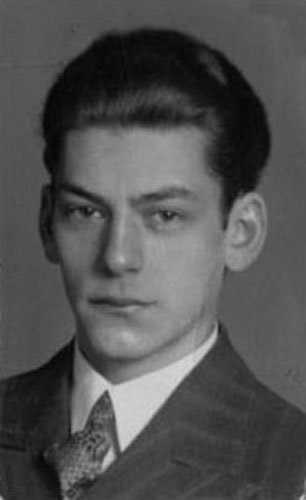
On September 23, 1938, Ernst Friedlich, Leon Gottlieb and Franz Lebrecht (Heinz Dehn the day before) were transferred to Buchenwald concentration camp near Weimar, where Friedlich was given the number 8101. He is housed together with Lebrecht in Block (hut) 23. Ernst Friedlich was released from the concentration camp on February 11, 1939 and, like other Jewish prisoners at the time, was forced to leave Germany[6] Cf. Index cards of Ernst Friedlich, KZ Buchenwald, Arolsen Archives loc.cit. as quickly as possible.
In Singapore, Ernst and Margarethe Friedlich met Franz Lebrecht again, as he arrivedthere in July 1939. They gave him accommodation for the first time and shared their very meagre food. Leon Gottlieb also made it to Singapore and probably met the two of them there. He and Franz were interned by the British at the beginning of September 1940 and taken to Australia.
Ernst Friedlich and his wife were not interned by the British in Singapore until January 25, 1941. They arrived in Sydney on February 8, 1941 on the Boissevain and were immediately taken to an internment camp[7] Cf. National Archives of Australia (NAA), digitized files of Ernst and Margarete Friedlich (NAA Item-Numbers 6555104, 8615442, 9904309, 8615443, 9904310).. Behind triple barbed wire in Camp 3 near Tatura (Victoria), they met their friends Franz and Leon and other Singapore internees. The price of permanent residence in Australia was service in the Australian army. Like many Dunera Boys, he was drafted into the 8th Employment Company in April 1942, but was discharged in October 1942 due to suspected tuberculosis[8] Cf. Army files Ernst Friedlich, NAA_ItemNumber6255104..
Under his anglicized name Ernest Fry, and as an Australian citizen, he undertook a medical degree for the second time in Melbourne. Melbourne University recorded his name in a list of 1947 graduates[9] Ernest Fry is registered as a 1947 graduate in the list of names for alumni reunions at the University of Melbourne, retrieved June 30, 2023.. According to the electoral roll, the “med. prac.“ (general practitioner) lived with his wife Karla Martha in 1949 in the Kingsville district, west of the center of Melbourne. In mid-January 1955, he settled in the Melbourne suburb of Windsor as a medical practitioner[10] Fry announced the opening of his practice in the Melbourne daily newspaper "The Argus" on January 15 and 17, 1955.. Mathel Gottlieb-Drucker, Leon Gottlieb’s daughter, remembers Dr. Fry as her family doctor until he gave up the practice.
Ernest Fry died in 1980; his second wife Karla Martha had already died in 1960. He left behind his sons David and Peter. A stumbling block at his birthplace in Bünde/Westphalia commemorates him.
Addendum: David’s experience
Many Jewish Holocaust survivors – like Ernest Fry – did not have particularly positive experiences with the German authorities, which processed their applications for restitution and compensation. This is also reflected in several articles on this website. David Fry, one of Ernest Fry’s sons, gave us a short report[11] David Fry to Peter Dehn, email from march 15, 2024. on his personal experience, which we would like to share.
After my father became too frail to travel to the German consulate, which he had to do twice a year I think, to “prove I am alive” as he used to say and to continue to receive his monthly pension – I carried out this task for him for the last few years before he died. All I had to do was deliver a handwritten note to the consul signed at home by my father.
After he died and within two weeks of that date, I thought it best to go in to the consulate in person in order to stop his pension being paid into his account. There are two forms of death certificate here – the shorter extract form and the more comprehensive full certificate. I brought the shorter form with me and gave it to the secretary. She gave it to the consul and he came out of his office.
I was expecting him to say “I am so sorry for your loss”. Instead of that he said “This is only the short form – where is the full certificate?”. I think I said something like “Ring the hospital, if you doubt he has died”.
Please note: Our sincere thanks go to David Fry in Melbourne, who supported us with his advice, provided us with some photos and allowed us to publish his report.
Big thanks also go to Mr. Otto Gertzen. The author of Ernst Friedlich’s “Flurgespräche” biography and other contributions to that project, was born in 1948 and worked as a history teacher for 42 years, most recently at the Friedensschule Hamm (comprehensive school). After his retirement in 2013, he took an active part in the “Studying in Old Age” at the WWU Münster, as part of which the “Flurgespräche” were created. As early as 1977 he had published the concept of a 12-hour teaching unit “Antifascist Resistance”.
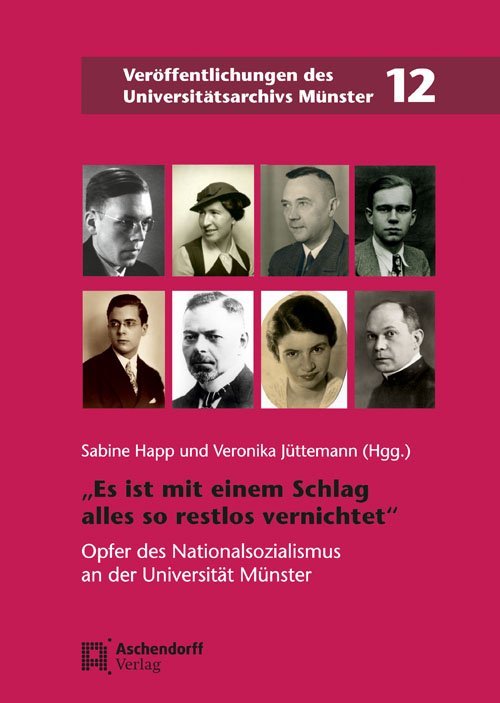
The biografies of “Flurgespräche” were published as a book in 2018 in German (ISBN 978-3402158906).
Footnotes
show
- [1]↑"Flurgespräche" (Corridor conversations) der Uni Münster online (German).
- [2]↑The so-called protective custody was based on the abolition of basic democratic rights by the "Decree of the Reich President for the Protection of the People and the State", which Paul von Hindenburg put into effect on February 28, 1933. This made it possible for authorities to imprison political opponents of the Nazis without judgment. Cf. Wikipedia (German), retrieced June 30, 2023.
- [3]↑Museum concentration camp Sachsenhausen to Peter Dehn.
- [4]↑Cf. Ernst Friedlich – files in Arolsen-Archives, retrieved June 28, 2023.
- [5]↑Bergbauer, Fröhlich, Schüler-Springorum "Hans Litten – Anwalt gegen Hitler", Wallstein-Editors, Göttingen 2022, ISBN 978-3-8353-5159-2, page 300.
- [6]↑Cf. Index cards of Ernst Friedlich, KZ Buchenwald, Arolsen Archives loc.cit.
- [7]↑Cf. National Archives of Australia (NAA), digitized files of Ernst and Margarete Friedlich (NAA Item-Numbers 6555104, 8615442, 9904309, 8615443, 9904310).
- [8]↑Cf. Army files Ernst Friedlich, NAA_ItemNumber6255104.
- [9]↑Ernest Fry is registered as a 1947 graduate in the list of names for alumni reunions at the University of Melbourne, retrieved June 30, 2023.
- [10]↑Fry announced the opening of his practice in the Melbourne daily newspaper "The Argus" on January 15 and 17, 1955.
- [11]↑David Fry to Peter Dehn, email from march 15, 2024.
